After riots wrecked stores across the country, the role of trade associations has been thrown into sharp relief. What kind of support have they provided, and how do they differ? Nick Hughes report
As the dust settles, burnt-out shops are boarded up, and shattered glass and broken fixtures are cleared away, attention is turning to the role of the police in last week’s riots.
But what about the other emergency services here? While the heroic deeds of broom-wielding volunteers, and the generosity of charities and individuals have grabbed headlines, the often silent support and help of symbol groups, wholesalers, suppliers and parent retailers underlines how deeply the fabric of society is layered.
Yet it’s the work of trade associations that has perhaps been thrown most into focus by the riots, particularly for unaffiliated independents, for whom there is no parent or symbol to help.
As our table indicates (see over), an independent retailer has several options to choose from, and many are signed up. But there’s also a great deal of cynicism and ignorance about what our trade associations get up to. As the owner of one small estate of c-stores says: “I don’t really know what a lot of them offer, or what the difference is between them all. I’d like to think I’m at the cutting edge of what I do, and I don’t know what they could do for me.”
So what do they do? How can they help? And what have they been up to with the recent riots? The response has been many and varied. In the case of the NFRN, for example, it’s been very hands-on, says chief executive Paul Baxter.
“Among those visited by representatives was Ismal Patel’s Salford store, which was looted and torched by rioters. Retail development manager Chris Vickers saw the damage at first hand. It was an acrid-smelling, burnt-out, filthy, puddled mess. The ATM mangled, the tobacco gantry totally emptied, the magazines set alight while other products had been strewn around the floor. It was carnage.”
Vickers also visited the Manchester Evening News and contacted Smiths News to ask them to lend a hand. “Our first concern is always to our members, so we have been doing all we possibly can to get them back on their feet,” adds Paul Baxter, “with our field force of operations managers and retail development managers deployed to affected areas of London, Birmingham, Liverpool and Bristol to comfort members and offer support.”
Insurance arm NFRN Mutual has been liaising with members in affected areas; and the NFRN Helpline team rang round members to check on their safety and to see if they required any further help. An appeal for members to help identify colleagues affected by the rioting was also issued, while NFRN representatives have also been liaising with publishers and wholesalers to ensure that supplies of newspapers and magazines continue to get through to members in all affected areas.
All the same?
One common assumption is that the trade bodies all offer the same basic service. And while lobbying government is listed by each association as a key benefit, some are more committed to it than others.
Under CEO James Lowman, the ACS has won the respect of policymakers through regular and evidence-based communication; and the BRC also uses its considerable resources, and the importance of its key members, to telling effect.
Indeed, while the two may not always see eye to eye, in the case of the riots, the ACS and BRC came together to win a speedy extension for the time limit on claims for uninsured or underinsured retailers, and talked directly to both Theresa May, the home secretary, and Vince Cable at BIS.
“All trade associations crave a button they can press that permeates across its membership. We’ve used all available channels for outreach, but our focus is to influence upwards. On last week’s riots, for example, we liaised with police and government and provided guidance directly to David Cameron’s Cobra crisis briefing.”
The result was to encourage police to focus on protecting people over property. “The initial advice [coming from the government] was to employ security guards, but it was obvious this wasn’t going to stop the rioting and looting, and the priority switched to ensuring no-one got hurt.”
The riots have also served to underline the BRC’s cross-industry agenda. “We represent retailers of all sizes, including 30,000 small and medium-sized players,” says director general Stephen Robertson. “Our work to help all retailers cope with the appalling vandalism is an extension of our long-term commitment to support the high street. Out of the disturbances we hope there will be an even greater resolve within government to sustain and support the community service provided by retailers big and small.”
Members of the Rural Shops Alliance have been spared the violence and destructiveness of the recent riots in inner cities, but survival is just as much of a concern in some of the deprived and isolated communities in which its members operate, says Ken Parsons, CEO of the Rural Shops Alliance. “Residents are concerned that their local shops survive and thrive, so we’re involved in advising county councils and district councils how they can be part of the solution rather than the problem,” says Parsons.
Other associations focus on practical assistance. The British Independent Retailers’ Association runs BIRA Finance, which is the second-smallest bank in the UK and lends to members at competitive rates fixed for the duration of the loan. It also runs BIRA Direct, a buying service that allows its 7,500 members to buy from 220 suppliers at favourable rates.
Some trade organisations are more vociferous than others. At the NFRN, the president, Kieran McDonnell, raised a few eyebrows last month when he threatened to start a campaign to remove cover prices from newspapers, claiming members’ margins have been hammered to unsustainable levels by news operators. “If the news industry wants a war, a war is what we’ll give them,” he warned.
On some of the bigger picture issues, small business trade bodies such as the Forum of Private Business can provide assistance. Primarily that’s meant offering 30% off average card processing costs and 35% discounts on other products and services, including vehicle purchasing and fuel discounts.
Nevertheless, a recent survey conducted by The Grocer suggests much of the help on offer from trade organisations is not being used. And at a recent conference, independents were criticised for everything from poor merchandising techniques to “hand-to-mouth” buying strategies and a lack of insight about best practices.
With the response of the trade bodies in retail’s hour of need, perhaps more will sign up.
Sign in to comment on this article
Not logged in before? Register for FREE guest access today.
You will be able to:
- Read more stories
- Receive daily newsletters
- Comment on stories
Advert







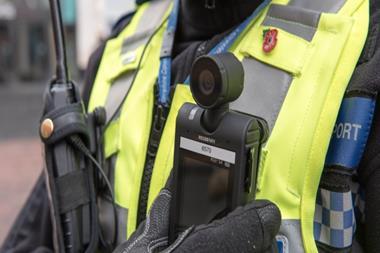

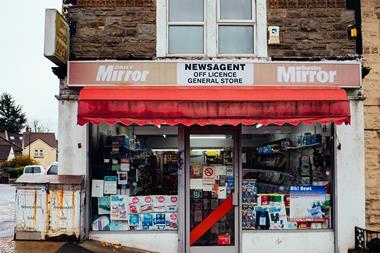
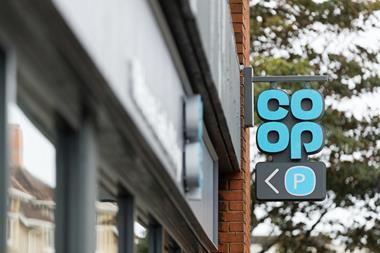


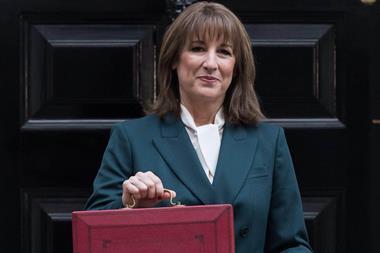
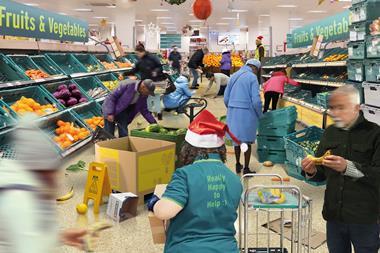
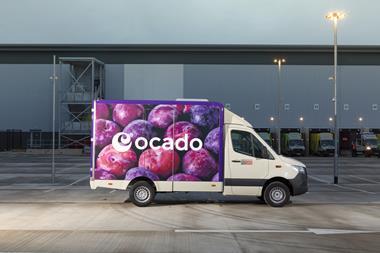

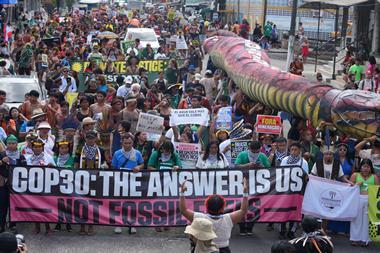

No comments yet